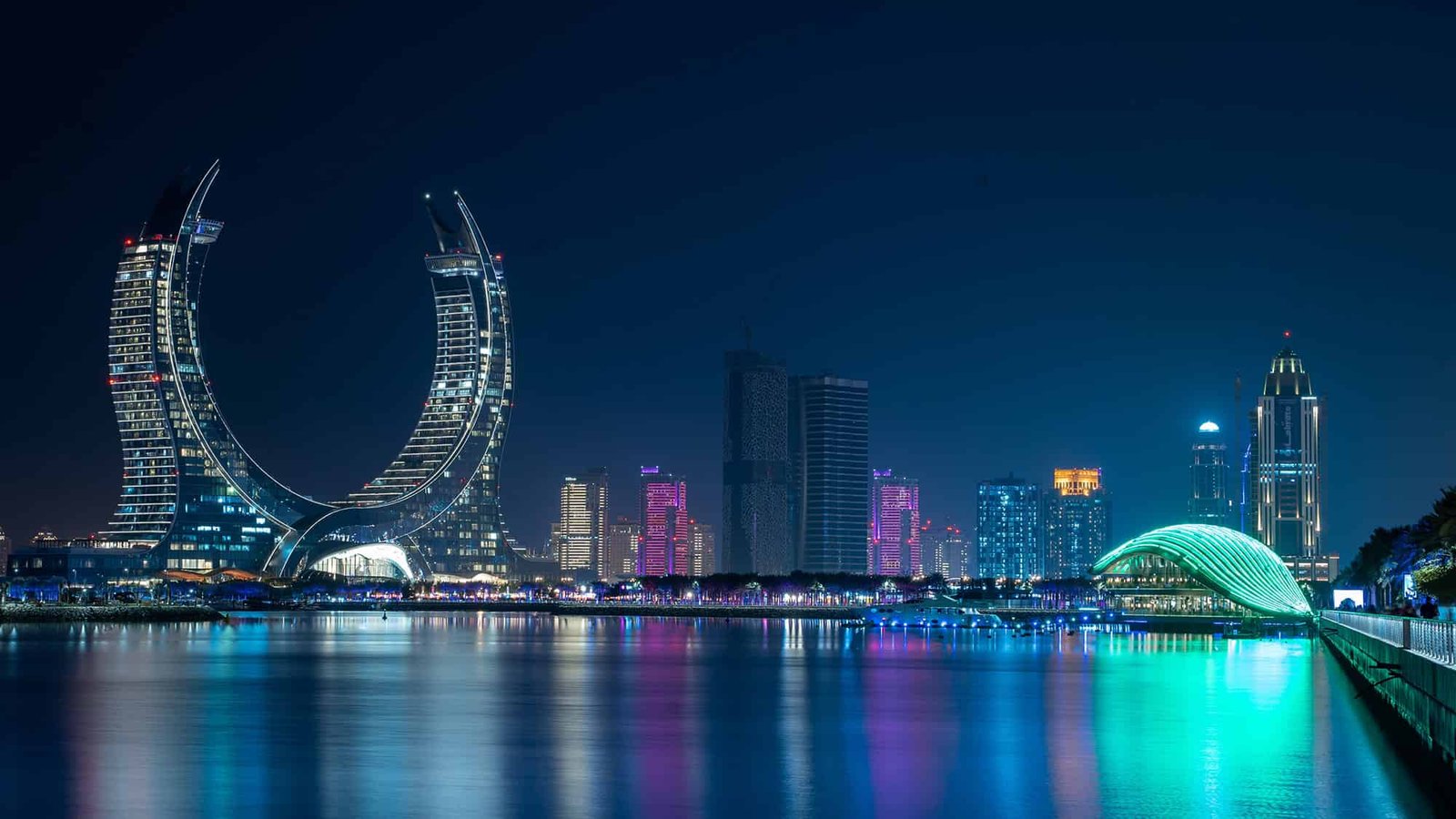Expanding issuance attracts global investors through a variety of bond structures, sukuk, sustainable finance and favorable regulation.
Qatar seeks to become a regional model for high-value financial services and a hub for investment and business. This year has been a watershed so far, as the emirate’s debt capital markets reached around $130 billion, making Qatar the third largest DCM in the region, behind Saudi Arabia and the United Arab Emirates; the variety of Qatari bond issues also continues to expand.
“We continue to see strong development and sustained traction in the local DCM space,” summarizes Aadil Nastar, head of treasury and markets at QInvest, one of Qatar’s leading investment banks, “especially that Qatari institutions continue to capitalize on global demand for conventional bonds and sukuk, supported by Qatar’s high credit ratings and stable fiscal position. This has been reflected in recent local currency issuances, listed issuances and the strong issuance metrics of recent US dollar issuances, both senior and tier 1, mainly sukuk.
The boom in debt issuance has set new benchmarks, both for Qatari sovereign debt and offerings from companies based in the emirate.

In May, the state issued green bonds worth $2.5 billion, the first such issuance in the region, in line with the government’s focus on developing a sustainable financial sector at the national level. Priced at the lowest spread recorded by any country in the Middle East and North Africa region, the bonds were divided into two tranches: $1 billion with a five-year maturity valued at a spread of 30 basis points against US Treasury bonds and $1.5 billion with a five-year maturity. Maturity at 10 years valued at a spread of 40 basis points. Subscription demand reached $14 billion, reflecting confidence in the sovereign green financing framework established by the Ministry of Finance.
In October, Ooredoo, a Qatari multinational telecommunications company, issued a $500 million, 10-year bond through its subsidiary, Ooredoo International Finance Ltd. The bonds were issued as part of an existing $5 billion global medium-term bond program on the Irish Stock Exchange. Priced at 4.625%, the bond’s 88 basis point spread over 10-year US Treasuries was the tightest ever for Ooredoo as well as one of the lowest for an emerging markets corporate issuer and the lowest for a global telecommunications company on a 10-year bond since 2020.
The offering attracted investors from the US, UK, Europe, Asia and the MENA region.
In the first half of the year, Qatar National Bank Group, the region’s largest bank, completed an issuance of Formosa bonds under its Euro Medium Term Note (EMTN) program and is listed on the Taipei Stock Exchange. A $1 billion bond with a five-year maturity, the offering is part of QNB Group’s strategy to diversify financing from new markets.
Also this year, Qatar has grown strongly as a center for issuance of sukuk, or Islamic bonds, having more than doubled its dollar value in the sector in the first nine months. Estithmar Holding, a leading diversified Qatari listed company focused on healthcare, services, corporate and contracting, has successfully issued the first Qatari Riyal sukuk denominated corporate bond listed on the London Stock Exchange . The QAR500 million ($137 million) issuance is the inaugural tranche of a QAR3.4 billion Estithmar sukuk program.
“This issuance demonstrates confidence in the robustness of Qatar’s economy,” said Mohammed bin Badr Al-Sada, CEO of Estithmar, “and highlights the capacity of the Qatari private sector to grow both domestically and internationally. internationally with the support of government initiatives that create an environment in which businesses can grow and prosper.
Other recent issuers include Qatar Islamic Bank ($750 million in sukuk) and Qatar International Islamic Bank ($300 million in Tier 1 Supplementary Capital Certificates). The QIIB transaction, completed in October, was more than eight times oversubscribed, with a total order book exceeding $2.5 billion, and follows the bank’s $500 million sustainable sukuk issuance in January and to a similar offer of $250 million in July. Qatar Islamic Bank’s five-year unsecured sukuk were valued at 4.485%, or 100 basis points over US Treasuries; the order book reached $2.2 billion, demonstrating the strength and diversity of investors interested in Qatari securities.
Start of green bonds
In September, Commercial Bank of Qatar issued its first Swiss franc-denominated green bond as part of its sustainable finance framework, supporting green projects in the emirate. This is the largest Swiss franc green bond offering ever issued in Qatar, the largest such offering from Qatar since 2013 and the largest such offering in Central and Eastern Europe, Middle East and Africa since 2021. Spread of 120 basis points, for a final value of 225 million francs.
The flow of new bank offerings is expected to continue as issuers replace upcoming maturities and banks seek to diversify their funding base, predicts Bashar Al-Natoor, managing director of Fitch Ratings Ltd. In the first half of this year, sukuk issuance more than doubled year-on-year, it notes, while conventional bond issuance rose 59% to $12.4 billion. . The Qatar Central Bank (QCB) regularly issues treasury bills and sukuk, providing domestic banks with a means to invest their excess liquidity. Earlier this year, Fitch upgraded Qatar’s bond rating to AA with a stable outlook, the highest credit rating among Gulf Cooperation Council states.
Qatar’s diversity of issuance, including its first sovereign green bonds and domestic Qatari riyal corporate sukuk, has enhanced its appeal to global and regional investors seeking conventional bonds, sukuk and equity options. sustainable finance, explains Nastar. Post-issuance performance has been strong, positioning the Qatari DCM market well for next year, he adds.
According to Nastar, the next step in attracting wider international participation will likely accompany the development of the swaps and derivatives market in Qatar. QCB’s regulatory support for sustainable finance has helped broaden the investor audience, strengthening Qatar’s position as one of the region’s leaders in DCM.
“There is indeed some traction in Qatar’s DCM, both in terms of sukuk and conventional bonds,” says Al-Natoor. “The regulator has taken measures to advance this still developing market in recent years. However, limitations remain, such as the nascent riyal-DCM market, the concentration of the investor base in banks, and the fact that companies generally prefer bank financing over bonds or sukuk.
At the end of the first half, when the QCB published its ESG and sustainability strategy for the financial sector, it announced its objective to boost sustainable finance and develop ESG sukuk and bonds: another initiative intended to attract a part of the global investor audience. . Qatar’s ESG debt then stood at $3.8 billion, according to Fitch, with sukuk accounting for 19.5% of the total.
